|
A critical component of advancing the cause of “Reproductive Autonomy for All” is education. The shortcomings of sexual education are not limited, and are seemingly universally felt with disastrous results. As such, it is incumbent upon all of us to take the steps necessary to fully understand our reproductive biology in order to better inform our family planning objectives and to make the best decisions possible for our individual needs and desires. Thankfully, there are a plethora of great resources available to help meet our educational interests and needs, including a whole host of books that both inform and inspire us here at MCI. In this post, we share a collection of our favorite books, but please also be sure to subscribe to our monthly newsletter as we highlight these and other titles periodically.
From a failed nineteenth-century effort to launch a medical specialty called andrology to the contemporary science of paternal effects, there has been a lack of attention to the importance of men’s age, health, and exposures. Analyzing historical documents, media messages, and qualitative interviews, GUYnecology demonstrates how this non-knowledge shapes reproductive politics today. This book was especially influential to MCI as it helped inspire us to expand our outreach and communications activities to include more educational resources, leading to the development of our ongoing series of educational primers about male reproduction and contraception. Additionally, author Rene Almeling joined MCI for one of our Lemonade Stand webinars to share details about her work: MCI's Lemonade Stand: The Missing Science of Men's Reproductive Health
Blair builds her argument by walking readers through the basics of fertility (e.g., men produce around 1,500 sperm per second), the undue burden placed on women when it comes to preventing pregnancy (e.g., >99% of sexually experienced U.S. women aged 15–44 have used at least one contraceptive method as of 2008), the stigmas around birth control for men (e.g., condoms make sex less pleasurable, vasectomies are scary and emasculating), and the counterintuitive reality that men, who are fertile 100% of the time, have little opportunity to be responsible for preventing pregnancy. The result is a compelling and convincing case for shifting the responsibility of preventing unwanted pregnancies away from women and onto men.
She shows how this gendered approach encroaches on reproductive autonomy and poses obstacles for preventing disease. In tracing the divisive politics of pregnancy prevention, Littlejohn demonstrates that the gendered division of labor in birth control is not only unnatural, it is unjust.
In this volume in the MIT Press Essential Knowledge series, Donna Drucker traces the history of modern contraception, outlining the development, manufacturing, and use of contraceptive methods from the opening of Dr. Jacobs's clinic to the present. Drucker approaches the subject from the perspective of reproductive justice: the right to have a child, the right not to have a child, and the right to parent children safely and healthily. Drucker describes contraceptive methods available before the pill, including the diaphragm (dispensed at the Jacobs clinic) and condom, spermicidal jellies, and periodic abstinences. She looks at the development and dissemination of the pill and its chemical descendants; describes technological developments in such non-hormonal contraceptives as the cervical cap and timing methods; and explains the concept of reproductive justice. Finally, Drucker considers the future of contraception—the adaptations of existing methods, new forms of distribution, and ongoing efforts needed to support contraceptive access worldwide.
We will continue sharing more favorite book selections from our team moving forward, but please reach out to us and share your favorite books as well. We’ll be sure to consider them for future posts!
0 Comments
Your comment will be posted after it is approved.
Leave a Reply. |
Categories
All
Archives
June 2024
|
|
|
Donate to Male Contraceptive InitiativeYour generous donation makes a difference!
|
© Male Contraceptive Initiative. All rights reserved.
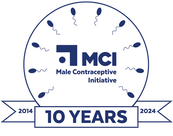

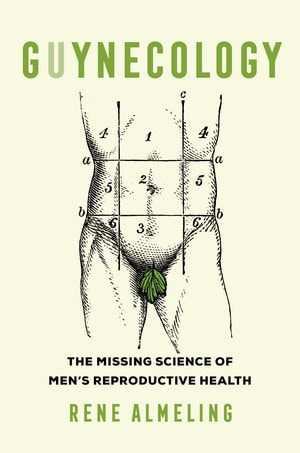
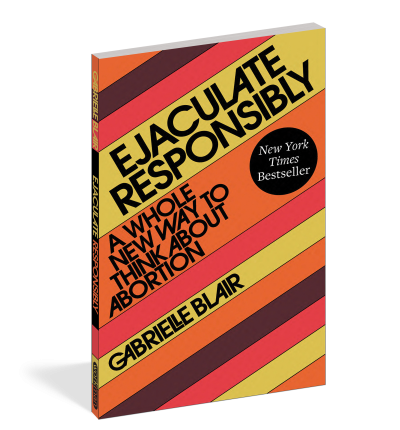
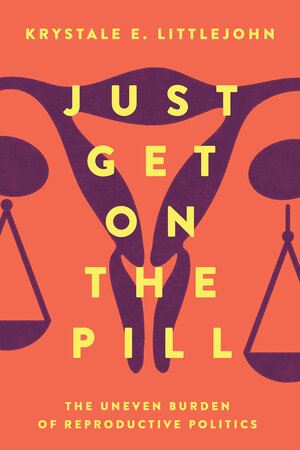
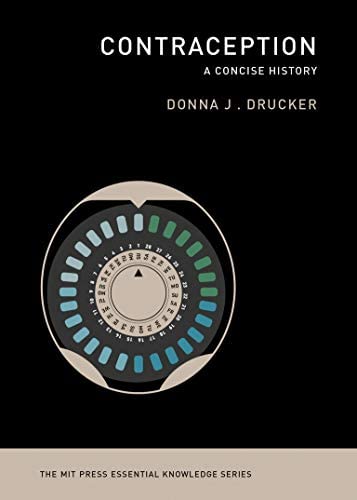
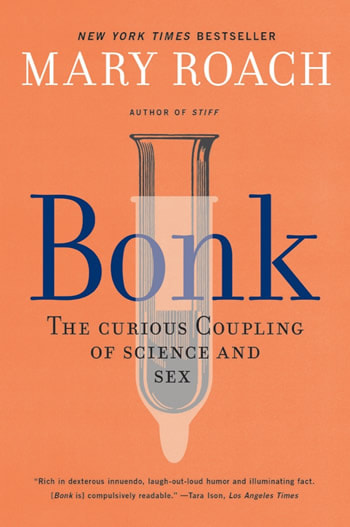
 RSS Feed
RSS Feed
